- Home
- Foot & Ankle Conditions
- Arthritic Conditions
- Ankle Arthritis
Arthritic Conditions: Ankle Arthritis
- Published 11/1/2017
- Last Reviewed 12/1/2023
What's ankle arthritis?
Ankle arthritis, a form of osteoarthritis, is a degenerative condition in which the cartilage and ligaments of the ankle joint wear thin and eventually break down.
Without cartilage to cushion and protect the bones from the friction of motion, bone fragments and spurs develop, causing joint pain and stiffness.
Ankle arthritis is a progressive degenerative disease, but getting treatment quickly can help preserve joint function and prevent permanent damage.
-
Foot and Ankle Surgeon at University Foot and Ankle Institute
Dr. Abimbola Johnson completed his undergraduate degree at Loyola University Chicago, where he played Division II rugby and was also involved in social justice clubs aimed at helping younger students prepare for college.
Upon graduation, he entered Scholl College of Podiatric Medicine, where he served as president of the practice management club and volunteered as coordinator at the Free Foot Clinic in Chicago. He served his residency at Regions Hospital/Health Partners in St. Paul.
Dr. Johnson provides comprehensive medical and surgical care for a wide spectrum of foot and ankle conditions, including common and complex disorders and injuries. The doctor is uniquely qualified to detect the early stages of disease that exhibit warning signs in the lower extremities, such as diabetes, arthritis, and cardiovascular disease.
Dr. Johnson can be seen at our Santa Barbara location
 I was glad and happy because I met this doctor! I had a problem with my leg, I had several experiences with the treatment of my...Vadim S.
I was glad and happy because I met this doctor! I had a problem with my leg, I had several experiences with the treatment of my...Vadim S. I'm very active, and need a foot doctor every 2-3 years to remove calluses or fit orthotics. The past few years I have relied ...Sue M.
I'm very active, and need a foot doctor every 2-3 years to remove calluses or fit orthotics. The past few years I have relied ...Sue M. The treatment I receive from everyone at Dr. Kelmans office is superior to others. I am always treated as a person, not just a ...Paul M.
The treatment I receive from everyone at Dr. Kelmans office is superior to others. I am always treated as a person, not just a ...Paul M. Please provide handicap parkingBarry S.
Please provide handicap parkingBarry S. Dr. Ambibola Johnson is awesome!Laurie S.
Dr. Ambibola Johnson is awesome!Laurie S. I appreciate the care and timeliness of all my appointments I’ve had at UFAI. Gray, Lydia and the staff all are wonderful. Lydi...Edelmira G.
I appreciate the care and timeliness of all my appointments I’ve had at UFAI. Gray, Lydia and the staff all are wonderful. Lydi...Edelmira G. Very greatfull for the doctor and stuffJesus M.
Very greatfull for the doctor and stuffJesus M. Doctor was very caringBrigitte S.
Doctor was very caringBrigitte S. Everyone is very nice and efficient-
Everyone is very nice and efficient-
Especially Dr Kelman. He takes very good care of me!!Claudia K. Great costumer service.
Great costumer service.
Prompt and efficientDean W. No . I’m pleased with the care .Michael P.
No . I’m pleased with the care .Michael P. Appreciate the professionalism and expertise, as well as the caring.Stella G.
Appreciate the professionalism and expertise, as well as the caring.Stella G.
-
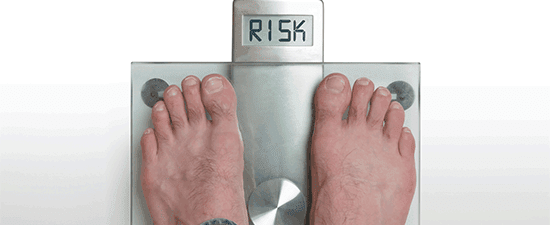 Listen Now
How Carrying Extra Weight Affects Your Feet and Ankles
Read More
Listen Now
How Carrying Extra Weight Affects Your Feet and Ankles
Read More
-
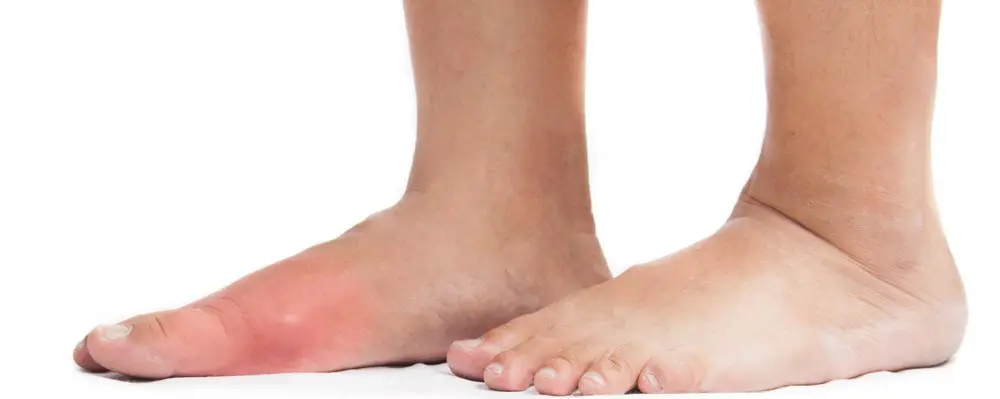 Listen Now
Got Big Toe Bumps and Lumps? Here’s 5 Things You Need to Know
Read More
Listen Now
Got Big Toe Bumps and Lumps? Here’s 5 Things You Need to Know
Read More
-
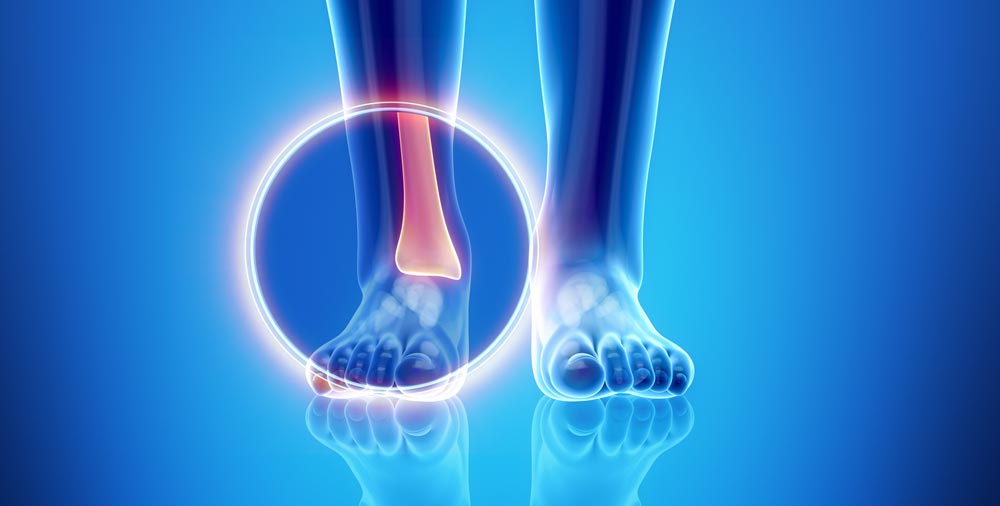 Listen Now
Yes, Humans Can Regrow Cartilage! (new study)
Read More
Listen Now
Yes, Humans Can Regrow Cartilage! (new study)
Read More
-
 Listen Now
Bunions vs. Big Toe Arthritis, What's the Difference?
Read More
Listen Now
Bunions vs. Big Toe Arthritis, What's the Difference?
Read More
-
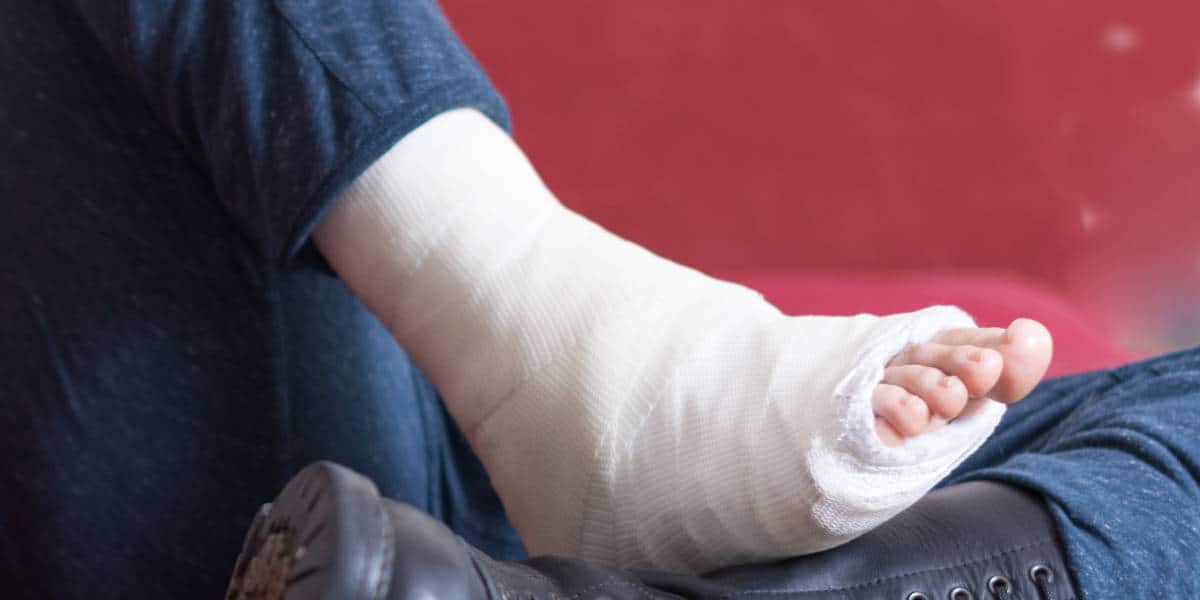 Listen Now
Dr.'s Most Interesting Cases: the Heel that wouldn't Heal!
Read More
Listen Now
Dr.'s Most Interesting Cases: the Heel that wouldn't Heal!
Read More
-
 How to Apply for Social Security Disability with Arthritis
Read More
How to Apply for Social Security Disability with Arthritis
Read More
-
 Listen Now
Is there a link between gout and heart disease? Studies Say Yes
Read More
Listen Now
Is there a link between gout and heart disease? Studies Say Yes
Read More
-
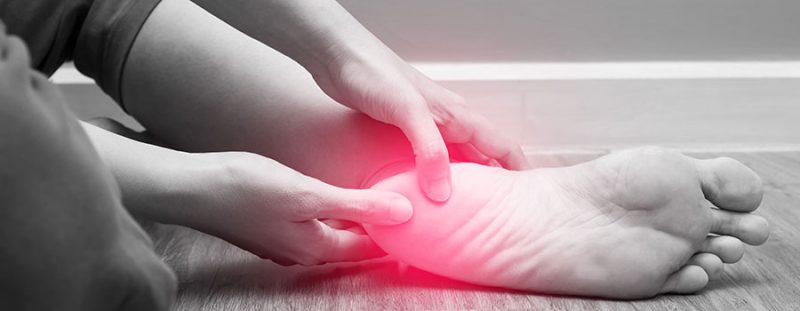 Listen Now
7 Causes of Inner Ankle Pain Revealed!
Read More
Listen Now
7 Causes of Inner Ankle Pain Revealed!
Read More
-
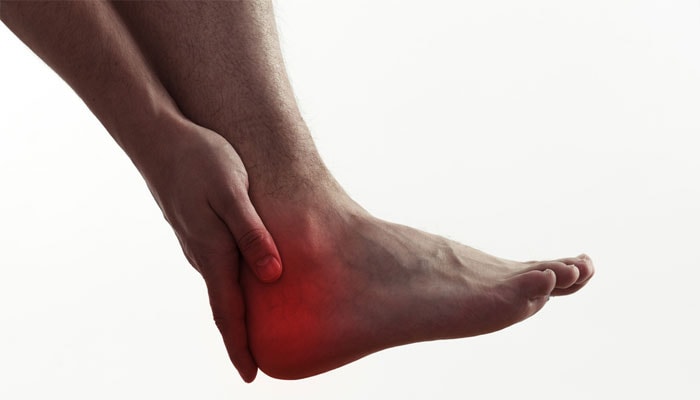 Listen Now
Curing the Painful Grind of Foot and Ankle Arthritis (Osteoarthritis)
Read More
Listen Now
Curing the Painful Grind of Foot and Ankle Arthritis (Osteoarthritis)
Read More
-
 When the Cartiva Big Toe Joint Implant Fails
Read More
When the Cartiva Big Toe Joint Implant Fails
Read More












